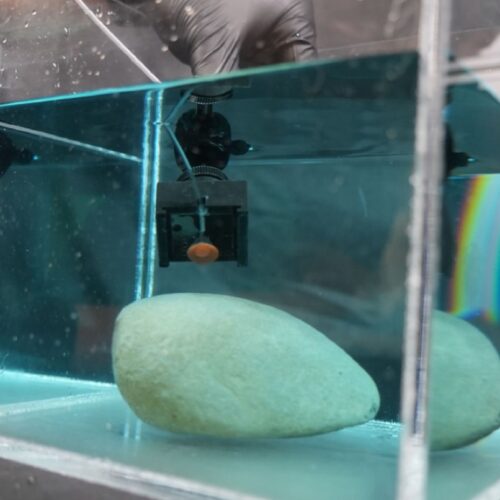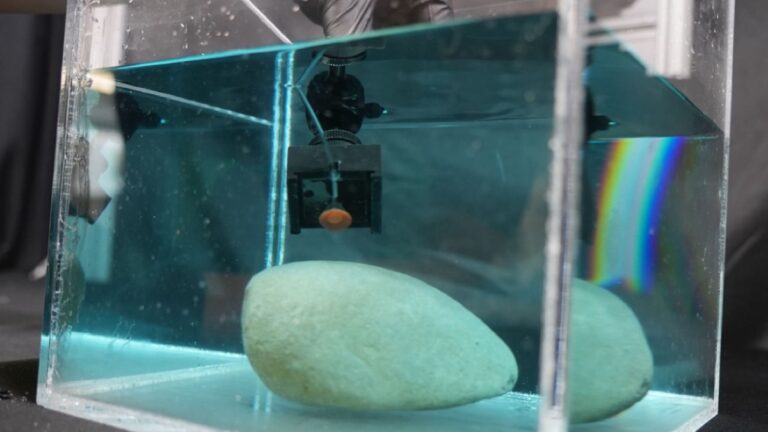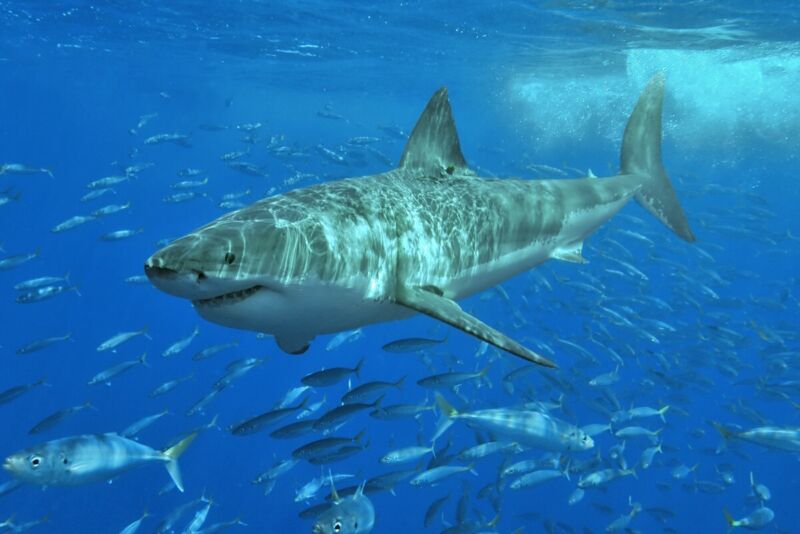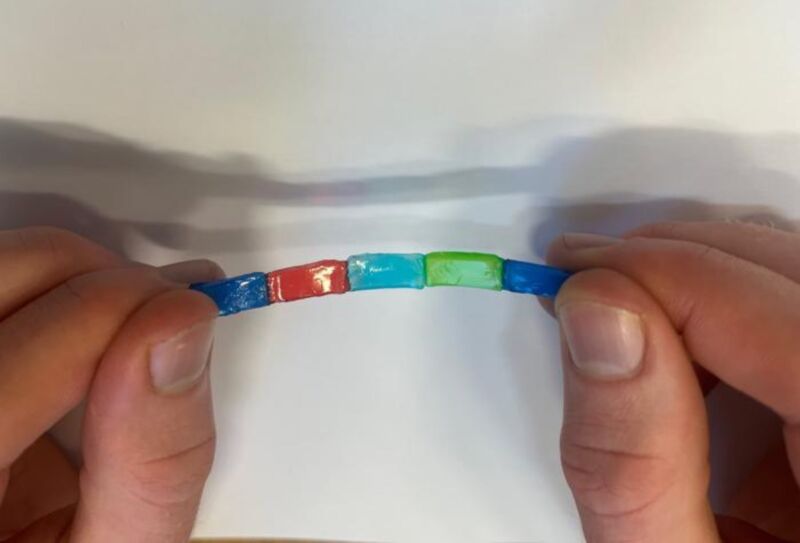Octopus suckers inspire new tech for gripping objects underwater
Over the last few years, Virginia Tech scientists have been looking to the octopus for inspiration to design technologies that can better grip a wide variety of objects in underwater environments. Their latest breakthrough is a special switchable adhesive modeled after the shape of the animal's suckers, according to a new paper published in the journal Advanced Science.
“I am fascinated with how an octopus in one moment can hold something strongly, then release it instantly. It does this underwater, on objects that are rough, curved, and irregular—that is quite a feat,” said co-author and research group leader Michael Bartlett. "We’re now closer than ever to replicating the incredible ability of an octopus to grip and manipulate objects with precision, opening up new possibilities for exploration and manipulation of wet or underwater environments.”
As previously reported, there are several examples in nature of efficient ways to latch onto objects in underwater environments, per the authors. Mussels, for instance, secrete adhesive proteins to attach themselves to wet surfaces, while frogs have uniquely structured toe pads that create capillary and hydrodynamic forces for adhesion. But cephalopods like the octopus have an added advantage: The adhesion supplied by their grippers can be quickly and easily reversed, so the creatures can adapt to changing conditions, attaching to wet and dry surfaces.


© Alex Parrish for Virginia Tech

